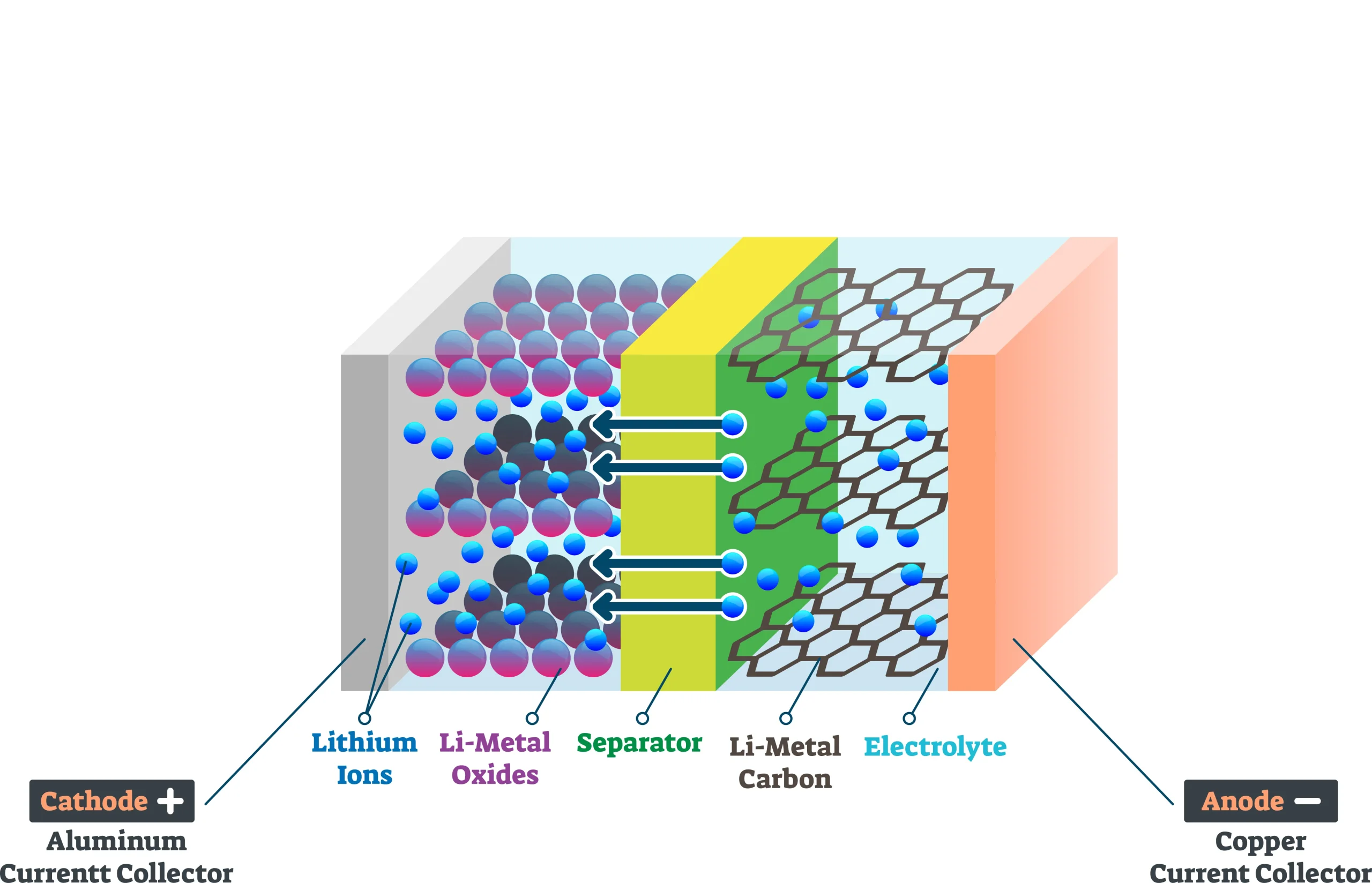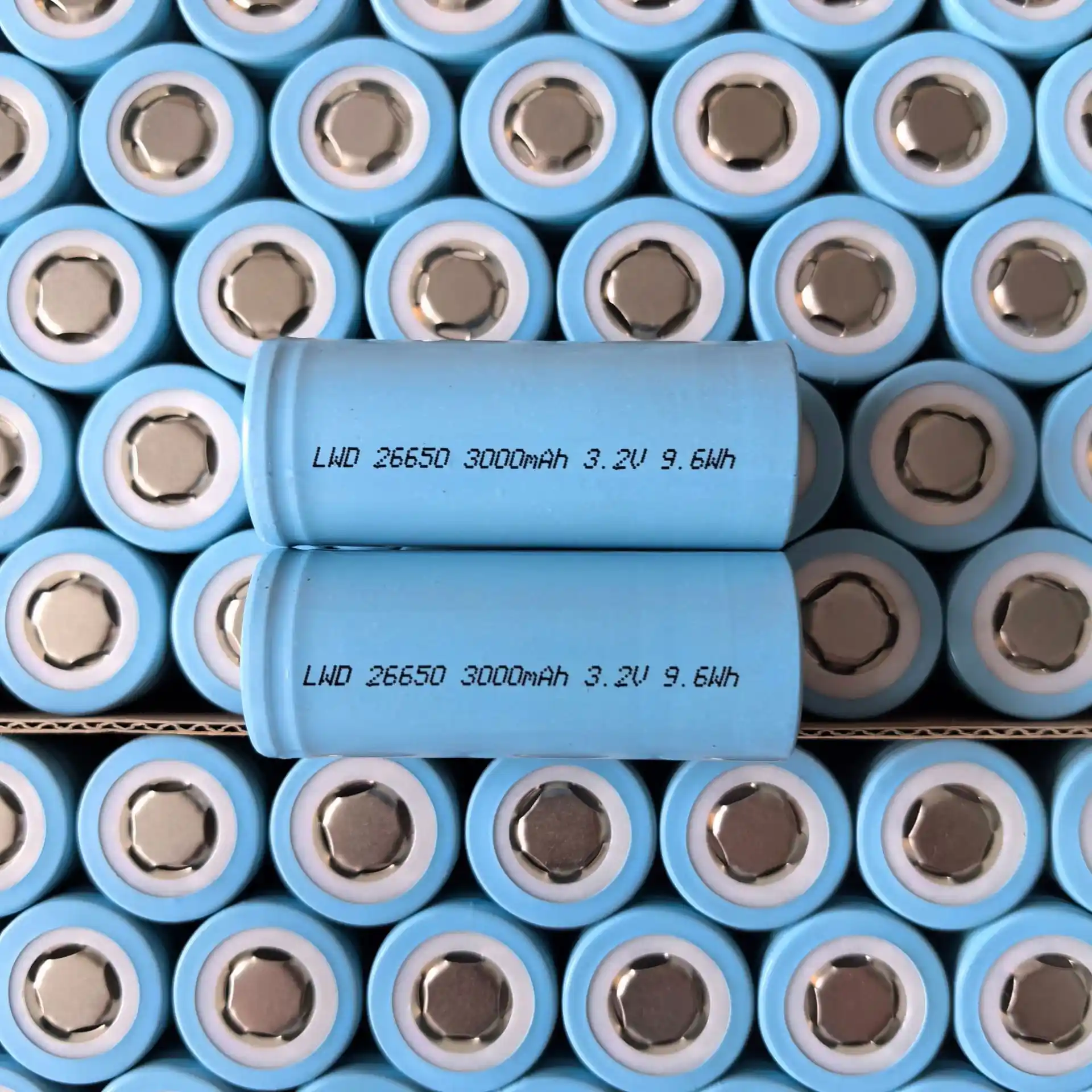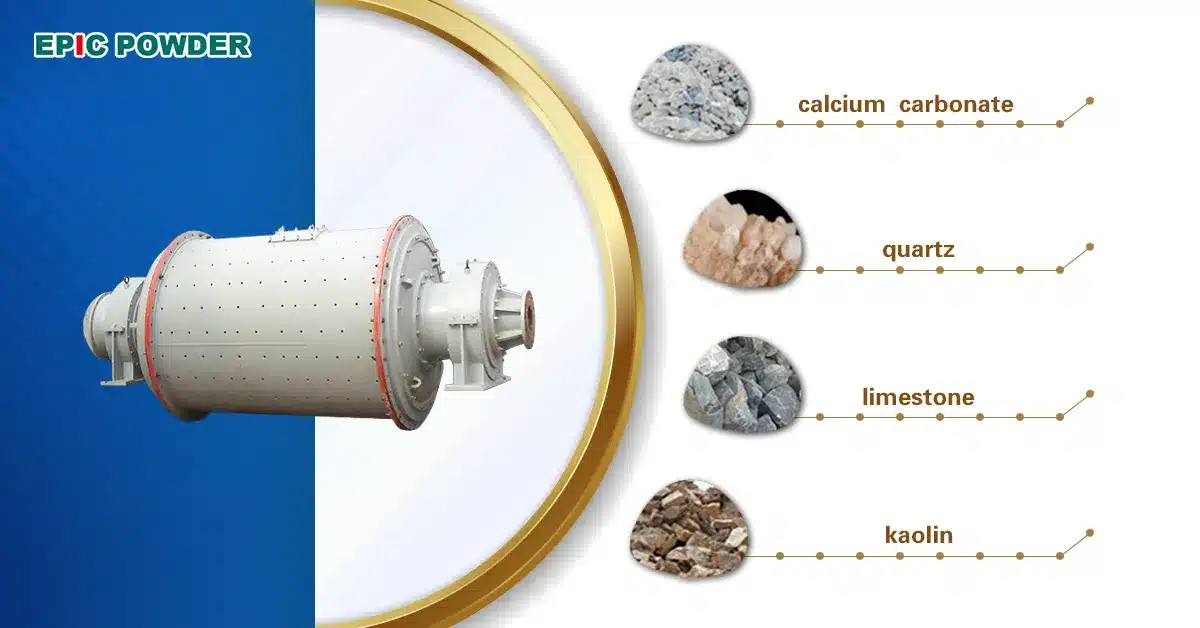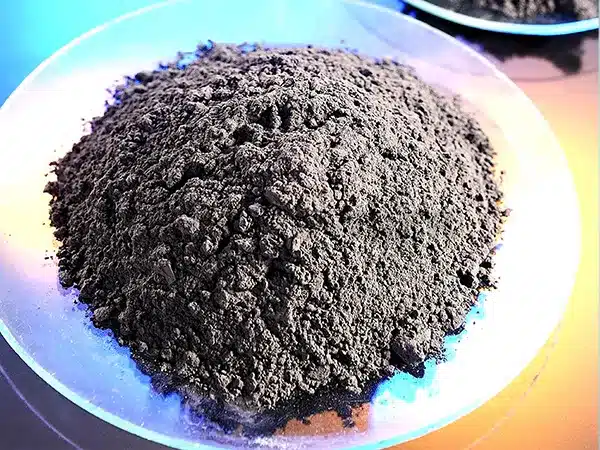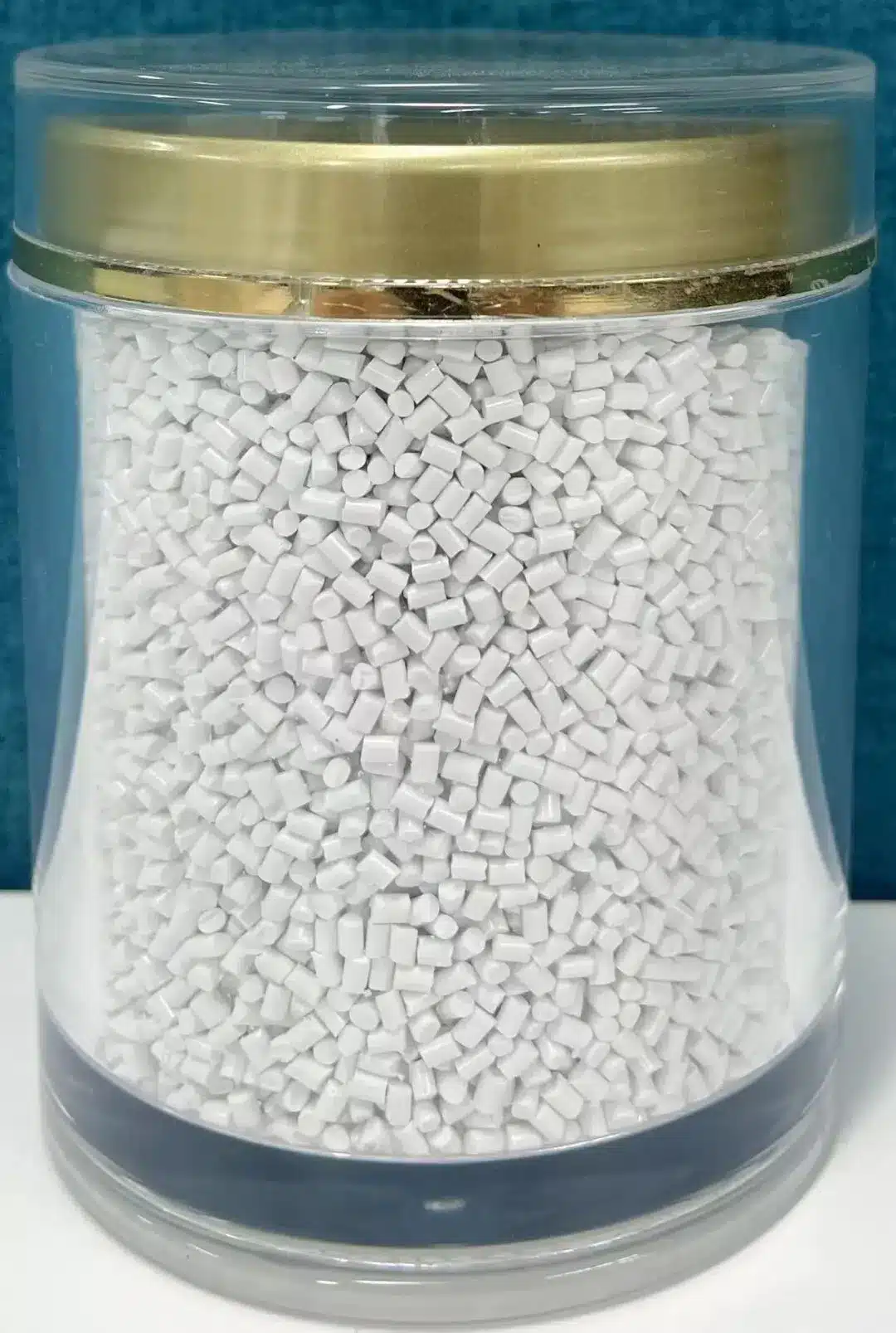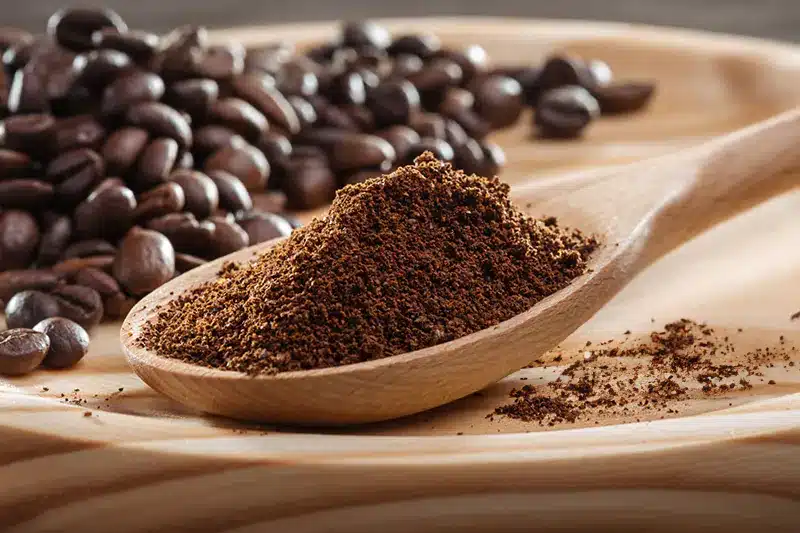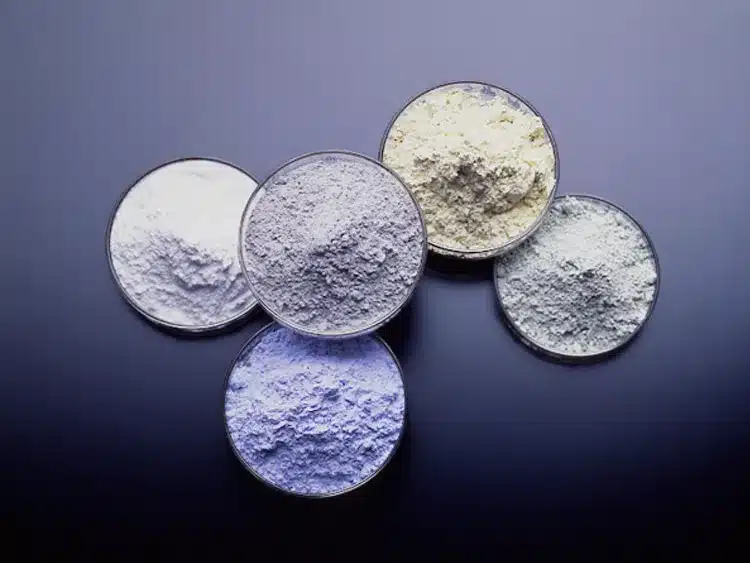When individuals purchase makeup products, they typically consider factors such as color, texture, and price — rather than the raw materials used in their formulation. In fact, these details are often deliberately downplayed in promotional materials. While the exact reason remains unclear, one possible explanation is that cosmetic brands may prefer to avoid creating an association between facial products and various types of rock or mineral matter. However, mineral powders have played a fundamental role in cosmetics from ancient times to the present. For instance, more than 6,000 years ago, the ancient Egyptians — pioneers in the art of makeup — mixed spices and oils for ceremonial purposes. Green malachite and blue lapis lazuli were also ground into fine powders to serve as eye shadow pigments.
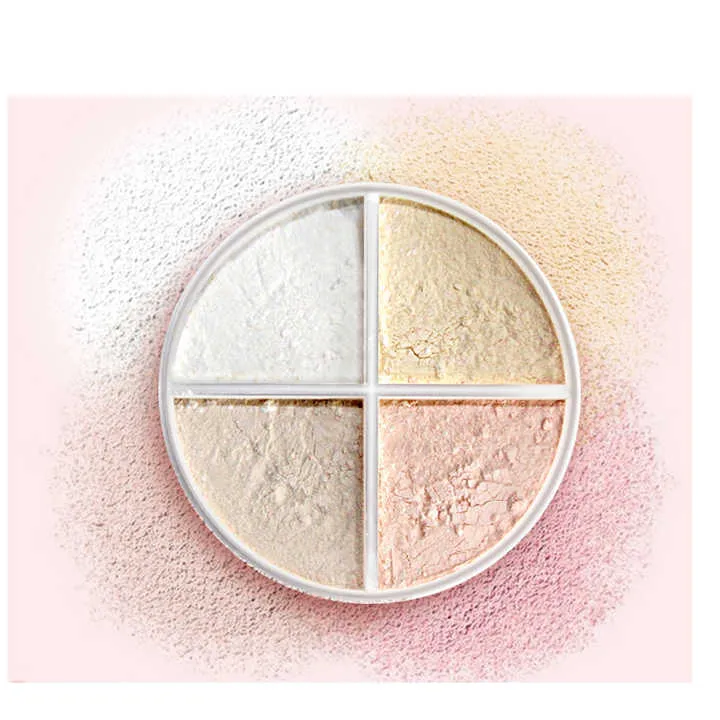
Modern formulations include a broader variety of mineral powders. To illustrate their role, the long-standing internet-popular product, GIVENCHY PRISME LIBRE 4-COLOR LOOSE POWDER, priced around $60, serves as a case study. It contains talc, titanium dioxide, silica, aluminum hydroxide, alumina, mica, iron oxides, chromium oxides, and other common powder materials.
Together, they work to provide the setting powder with functions such as setting makeup, controlling oil, and enhancing complexion, making it an essential final step in the makeup routine. While basic functional descriptions are outlined above, a detailed explanation of each mineral’s contribution follows below:
1 Talc
The primary ingredient in this popular loose powder is talc, a widely debated but commonly used mineral in cosmetics. Talc is a silicate mineral with the chemical formula Mg₃Si₄O₁₀(OH)₂. High-quality talc is produced in areas such as Gai County, Liaoning Province, China.
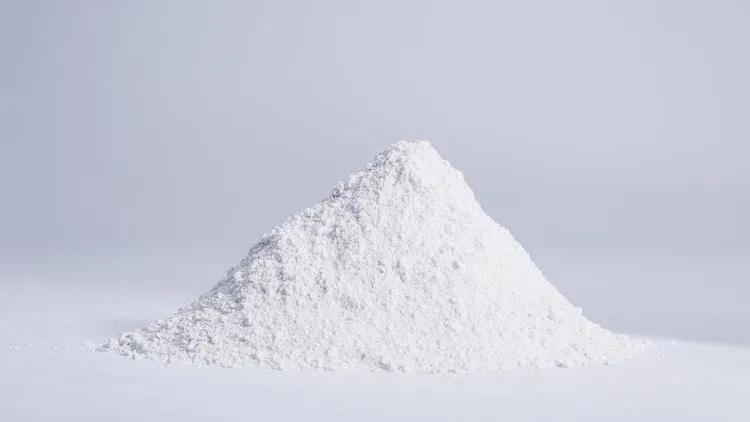
With a Mohs hardness of 1, talc is the softest known mineral. Once finely milled, its flaky structure reduces friction between particles, giving cosmetic products a smoother, silkier texture.
2 Titanium Dioxide
Titanium dioxide is valued for its exceptional UV-blocking performance, making it a key ingredient in sunscreens. Its high opacity allows it to scatter or absorb UV rays effectively without creating a whitening effect on the skin.
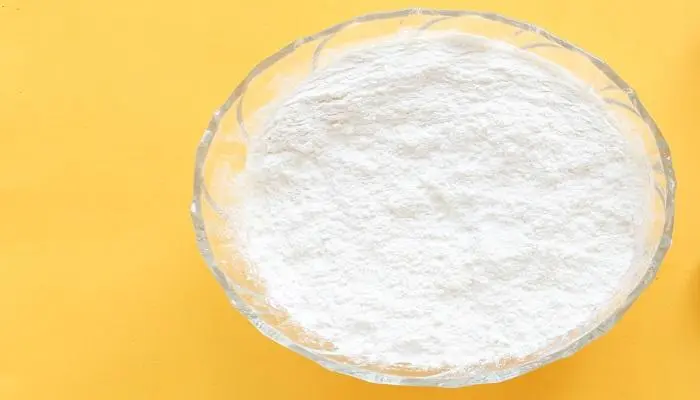
This compound also plays a vital role in foundations and pressed powders by helping to conceal blemishes with minimal product. Lipophilic forms are incorporated into lipstick formulations as well.
Titanium dioxide exists in two forms: rutile (Type B) and anatase (Type A). The anatase type offers superior whiteness and is often used as a white pigment base. However, the rutile type provides better UV resistance and stability, making it preferable for sun-protective applications.
3 Silica
Silica is a colorless, transparent powder with a lustrous appearance and high stability across cosmetic pH ranges. Common types include precipitated silica, fumed silica, and silica gel powder, with precipitated silica being the most prevalent in cosmetics.
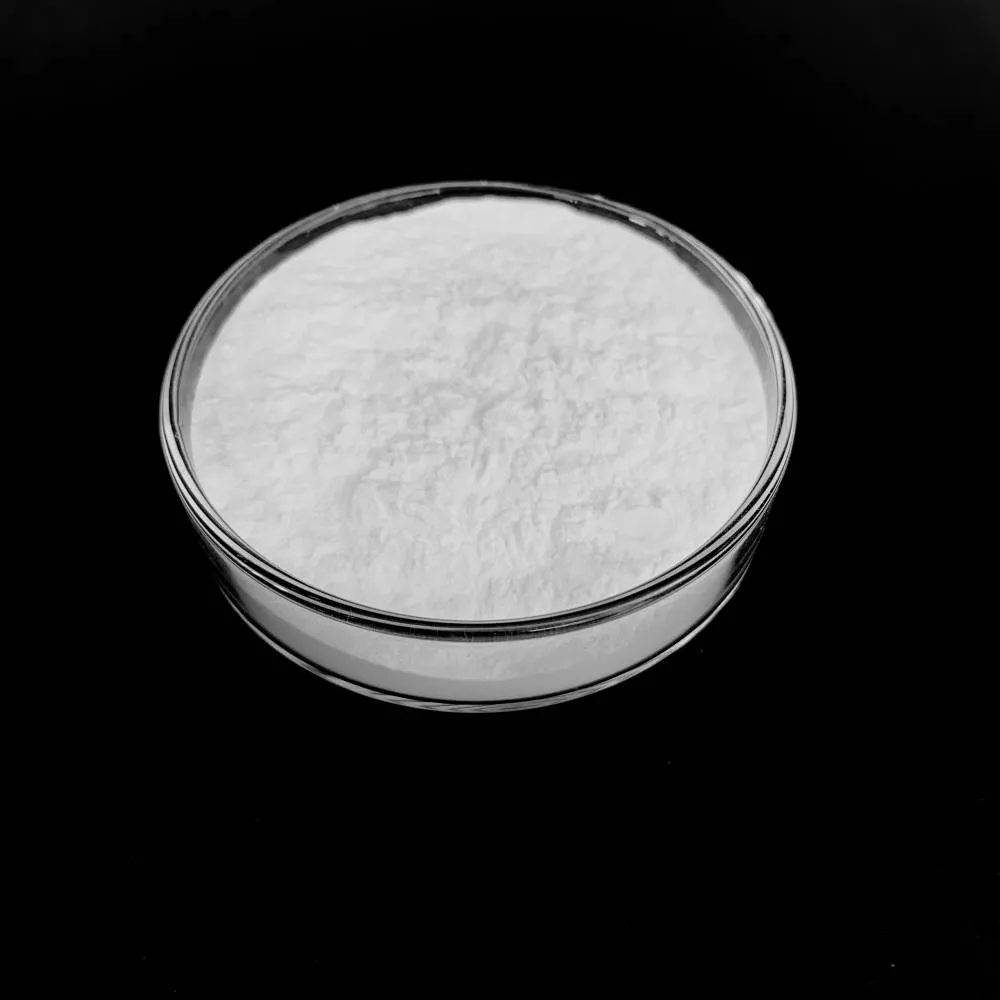
In lipsticks, silica enhances viscosity, improves product stability, ensures even pigment dispersion, increases heat resistance, and prevents color fading. For powdered products such as eyeshadow, blush, and foundation, silica serves as an anti-caking and flow-enhancing agent, enhancing shelf-life and usability.
4 Mica
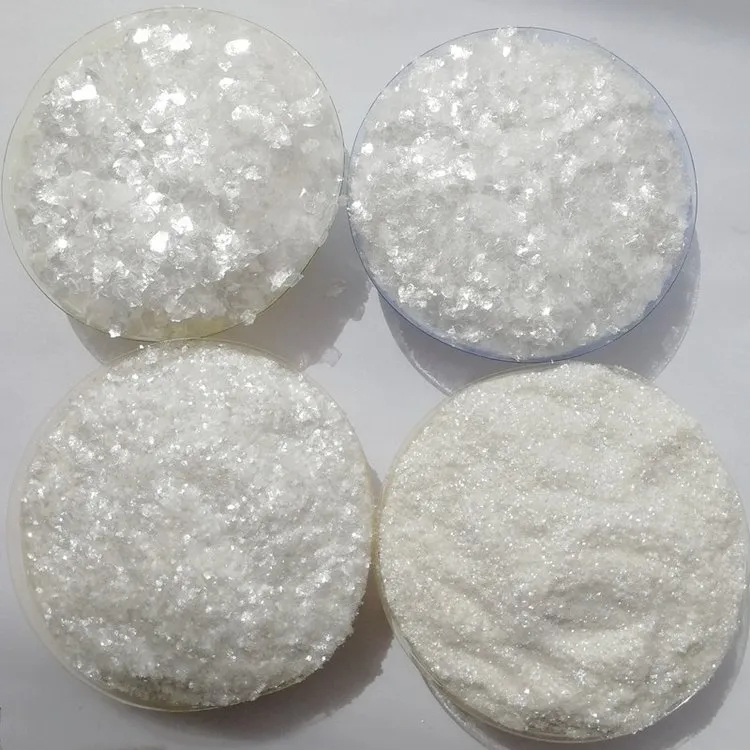
Mica is a flaky, hexagonal mineral and a primary component in many rocks. The most commonly used variant in cosmetics is white mica, or sericite, with the chemical formula KAl₂(AlSi₃O₁₀)(OH)₂.
Sericite is favored for its fine particle structure and silky sheen, which adds radiance to makeup. It is commonly used as a substitute for pearlescent pigments in products such as blush, lipstick, and loose powder. The term sericitederives from the Latin sericus, meaning silk—reflecting its light-reflective, layered crystal properties.
5 Aluminum Hydroxide
In cosmetics and skincare formulations, aluminum hydroxide functions as an opacifying agent and viscosity modifier. It is regarded as safe, with minimal health risks, and is generally suitable for use during pregnancy.
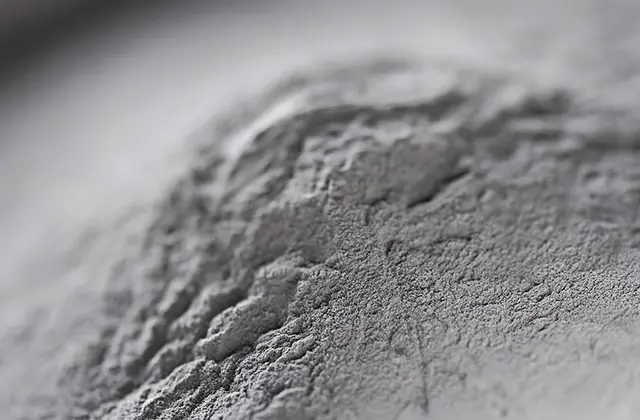
Aluminum hydroxide is often used in foundations, moisturizers, and lipsticks. In sunscreen formulations, it forms a protective coating around titanium dioxide particles, preventing clumping and ensuring even distribution. This coating also creates a light-reflective barrier that enhances UV protection while reducing skin absorption.
6 Alumina
Alumina, or aluminum oxide, is a white, amorphous powder widely used in cosmetics as a thickener, scrub agent, anti-caking additive, and adsorbent.
Due to its abrasive properties, alumina is often included in exfoliating products and skin-renewal formulations. It also serves as an insoluble carrier for mineral pigments and is found in cosmetics such as blush, foundation, lipstick, and cleansers.
7 Various Pigments
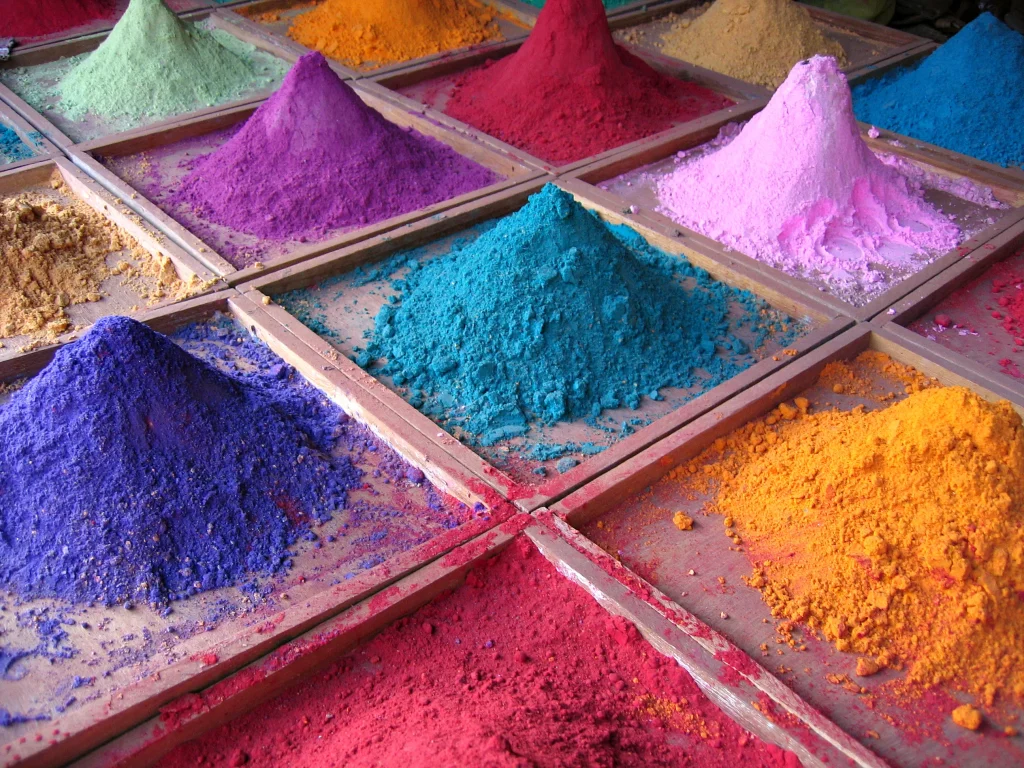
Mineral-based pigments add color to cosmetics. Iron oxides provide shades of red, orange, yellow, brown, gray, and black. Chromium oxide imparts a green hue, while manganese violet delivers purple tones. Finely ground lapis lazuliyields vibrant blue. Some pink and ultramarine pigments are produced by blending kaolin, soda ash, sulfur, and charcoal.
The colors, textures, and functions of today’s cosmetic products are often the result of precisely engineered inorganic mineral powders. Though derived from natural rock and ore, these substances, when refined and formulated appropriately, contribute to beauty solutions that are safe, stable, and effective.
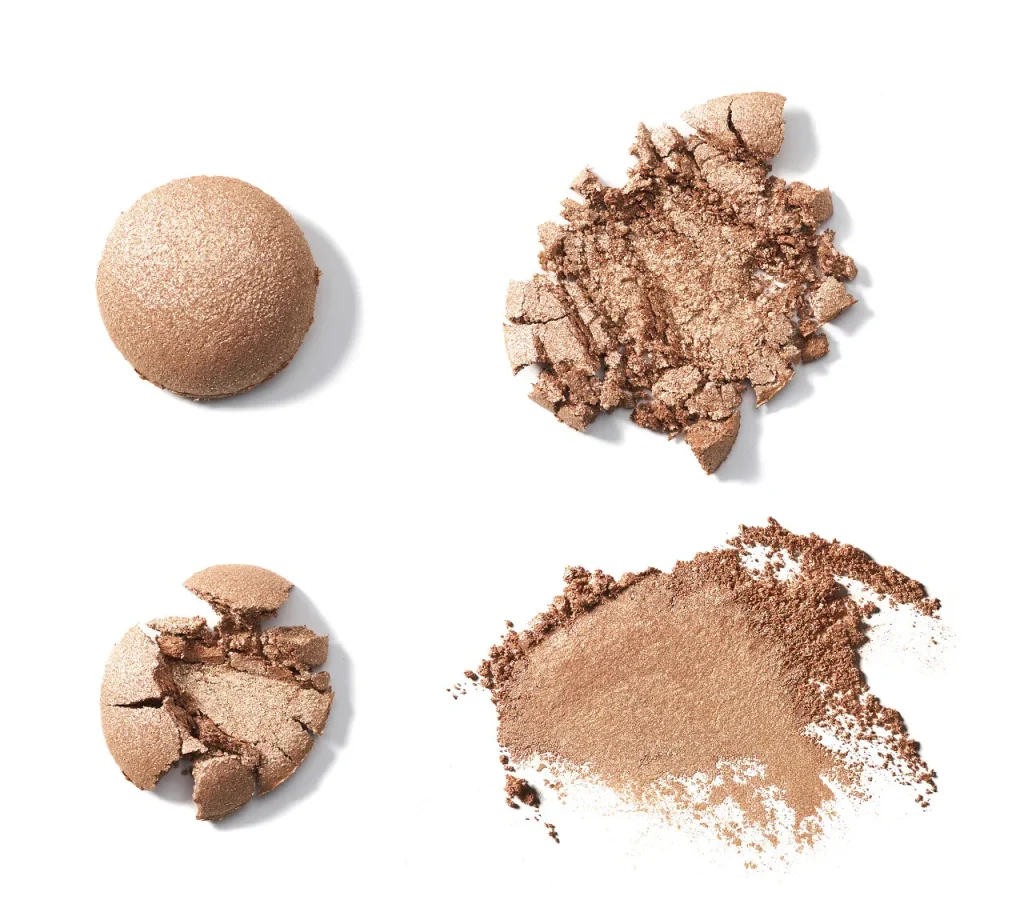
At EPIC Powder Machinery, we specialize in the production of high-precision grinding and classification equipment used to process a wide range of mineral powders for cosmetic applications. With advanced jet milling, air classification, and customized powder handling solutions, the company supports cosmetic manufacturers in achieving ultra-fine particle sizes, smooth textures, and consistent product performance. EPIC Powder’s technology plays an essential role in enabling the beauty industry to deliver high-quality, mineral-based cosmetic products to consumers worldwide.


